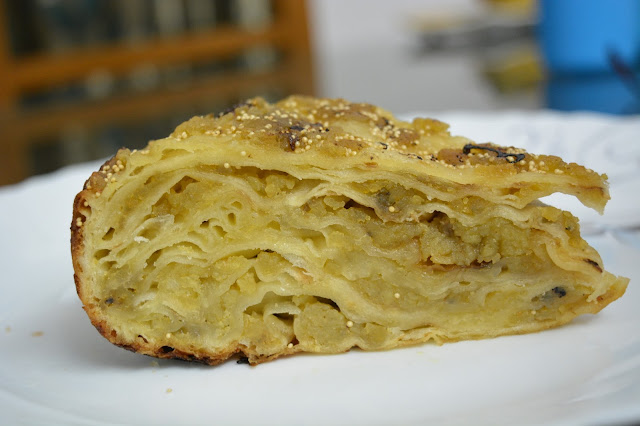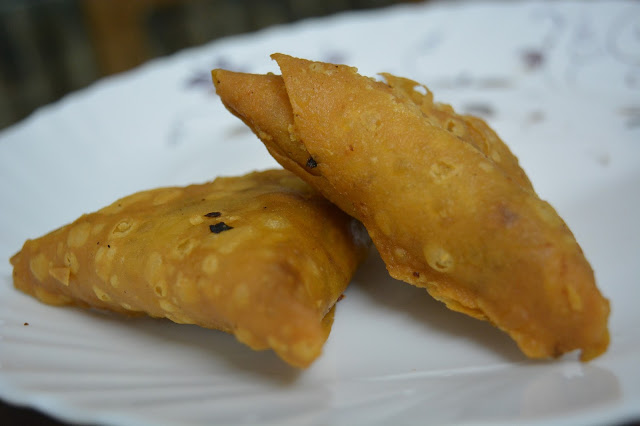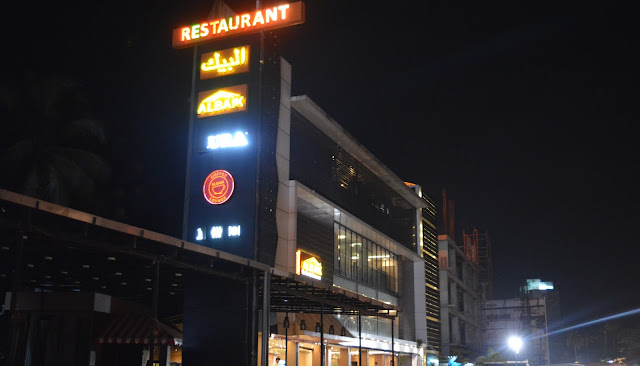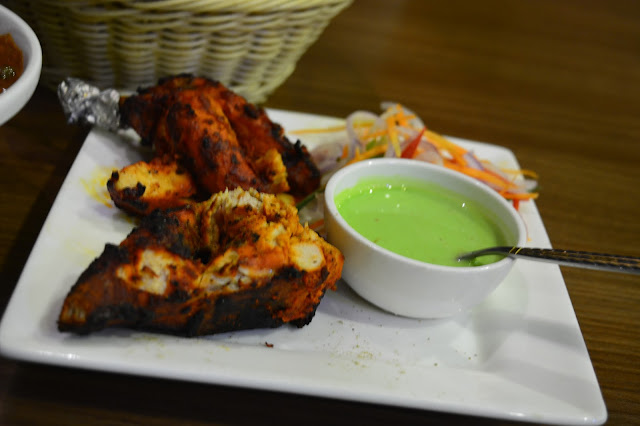Contemporary food practices and food
culture are nothing but embodied history. The food of a place and the norms
around it are not mere constructions of cookery, but the cultural memory of its
people. It carries and reflects the influence of history on the evolution of
contemporary culture. So is the story of Malabar food. It has evolved through
the historic cosmopolitan exposure that the coasts of Malabar had. So much do
we hear about the glory of Calicut Biriyani, Naichorou (Ghee Rice), Pathiri and
so on (in combination known as the Mappila food of Calicut). The social
adoption and acceptance of the mappila food is very much rooted in the history
of this place.
It’s well known that the Malabar food
is influenced by Arab trade and the connections of Malabar with the Middle
East. However, the evolution of the Mappila food as we experience it today, is
not limited to the imposition of an external cultural entity. It has more to do
with the food habitus of a community which looks outward resolutely towards the
Indian Ocean for more connections and opportunities. The community being talked
about here is the Mappila (Muslim) community of Calicut.
Every food story in Calicut is a
celebration of the heyday of Arab trade which started in the early centuries,
rose to great prominence by the beginning of the fourteenth century and
remained to be on highs up to the 1970s. The hospitality of Calicut evolves
from the embodied food memory of festive feasts organized by the wealthy local
traders to entertain Arab businessmen. Salkaram (A feast), which is a Malabar
peculiarity are reminiscent of parties hosted in turns by bazaar traders
(Market-referring to Valiangadi in Calicut) in their godowns for Arab
merchants. This practice was very common till the seventies.
People with business interest
including Samoothiri-the King made sure that the traders from the Middle East
felt at home in Calicut. They were offered their food, religious
necessities and even families. Many of them married from Calicut and the ‘Koya’
community is of this lineage. Thus Calicut owned up the Arab food. So
came Biriyani, Ghee Rice, Samosas (This Samosa is different from the Bengali
Samosa)
Post 70s, Arab traders stopped coming
to Calicut as the Middle East started becoming the resource hub of the global
oil trade. But then Calicut started going to the gulf. Through the
already established trade connections , a lot of people from Malabar
crossed the Indian Ocean in search of jobs. Food stuff and food memories still
keep coming into Malabar through them.
A very good example to a recent entry
into Arab food register of Calicut is the Kuzhi Mandhi. (Mandhi is
literally Biriyani in Arabic and Kuzhi refers to a pit in Malayalam). This dish
should be noted as another mile stone in the history of Arab-Malabar
connection. As Gulf countries are increasingly implementing nationalization
policy (NITAQAT), many keralaites lost their jobs and had to come back to their
natives. Next what we saw is, eateries both small and big mushrooming alongside
the highways, selling Kuzhi Mandhi as their signature dish. Those people who
lost their jobs turned their food memory into either an employment or a
business.
As long as we have people looking
outward across the Indian Ocean for opportunities and as long they are let free
to do that, the culinary culture will keep evolving and will keep growing
richer.
There are at least four, if not more,
Arabian signature restaurants in Calicut which not just serve Arabian dishes,
but serve the way it is to be served; the right ambience, the right utensils
and even the right seating. The whole ambience is set to be Arabian here.
Al Baik is a very established name in
Calicut. The Light House, which has come up recently has a wonderful setting
and has recreated a deserted feel. Cochin Majlis has brought in the Majlis
concept, which offers wonderful meeting space.
The following photographs were taken
from Cochin Majlis. (These dishes are not Arabian).
To what appealed to my taste buds, a
little advice from this foodie to Cochin Majlis would be to wok really harder
on the taste, service, and housekeeping. The bathrooms were really in a bad
shape. May be, the bearers need a bit more of motivation to climb those steps
up and down through those four floors.









Yummy food.
ReplyDeleteLooks delicious :) all of it
ReplyDelete